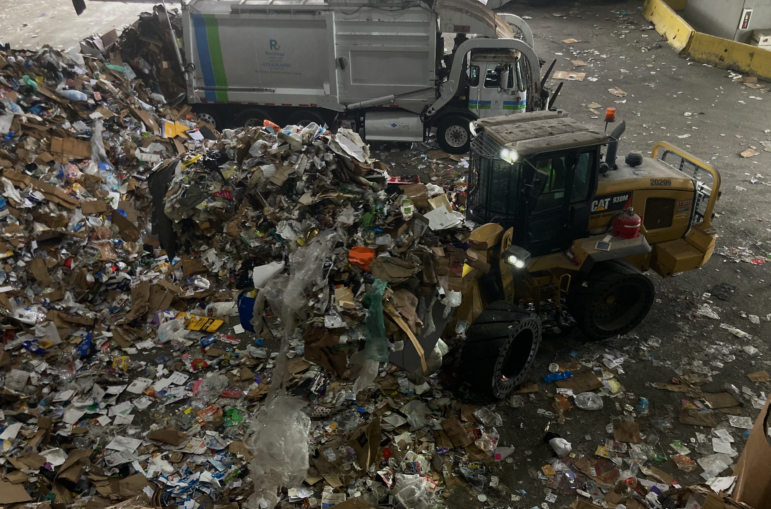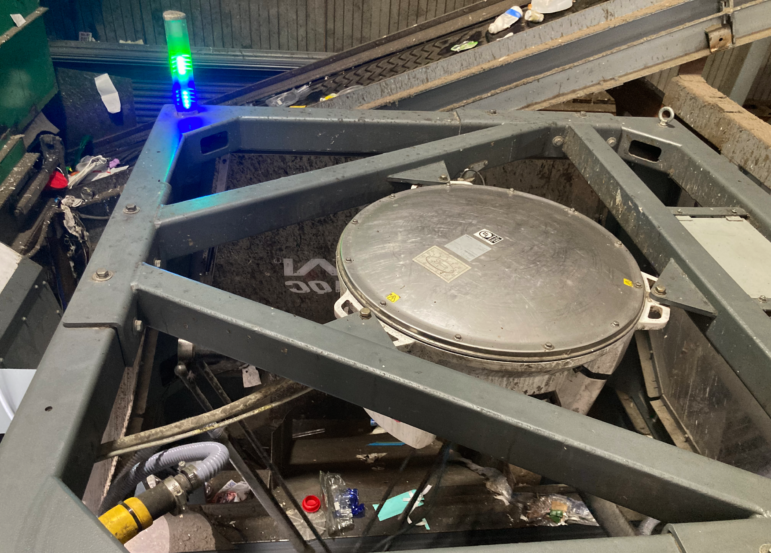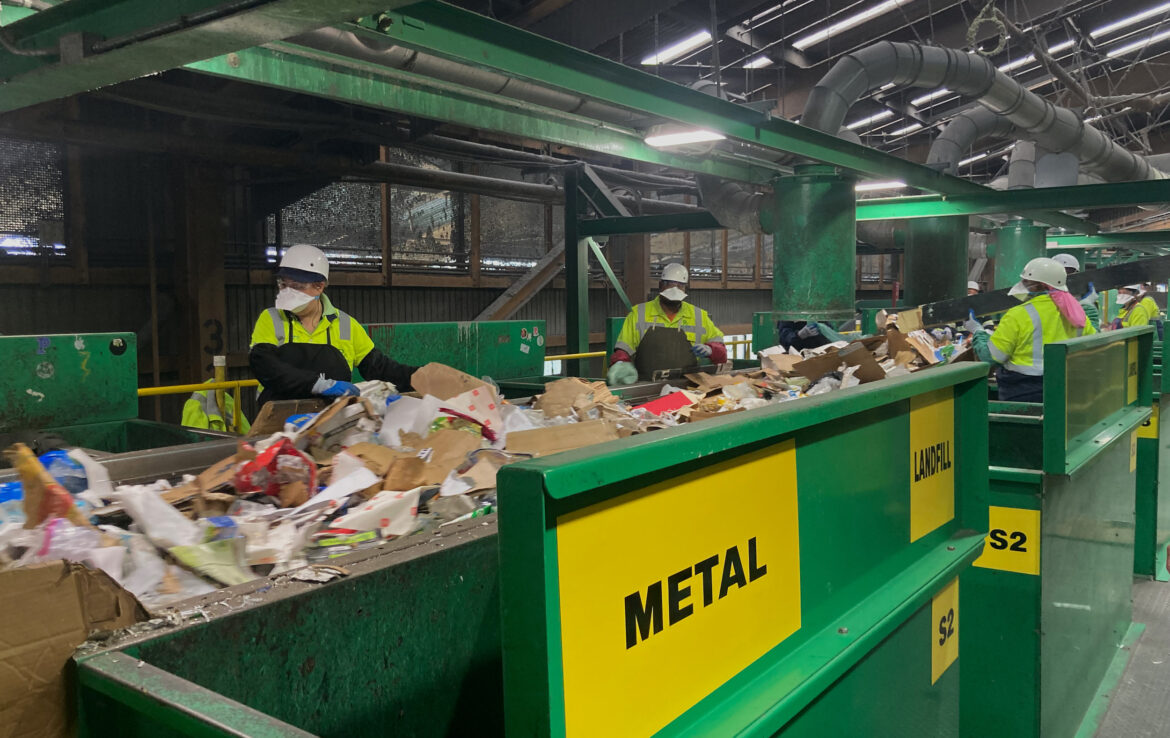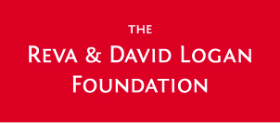In recent years, the mills and foundries that receive recyclables from Recology have stopped accepting bales of material with more than 1% impurities, so the sorting facility at Pier 96 must work to a very high standard. Through a recent tour of the sorting center, “Civic” reported on what happens when things that cannot be recycled end up there, and what should be done about material that is difficult to recycle, like plastic bags.
Before 2019, bales of recycling in the United States often had up to 5% impurities. China was the biggest receiver in the world of bales of recycled materials at the time, but announced it would no longer accept foreign waste.
“When you lose your biggest customer, in any endeavor, it really changes the whole playing field. And what happened was, that shifted a lot of power to paper mills and foundries and other factories that are part of the supply chain,” said Robert Reed, public relations manager for Recology’s recycling and composting programs in San Francisco. “If cities don’t meet the 1% standard, for less than 1% impurities in finished bales, then the paper mills and the other factories that receive baled recyclables will no longer buy them.”
Recology is meeting that standard at its San Francisco facility, where it sorts 500 tons of material a day into 14 different recyclables. That takes work, key parts of which are still done by people even as the company has invested millions into machinery to help. At the initial sort deck, workers stood on either side of a conveyor belt that moves a mix of materials along at about two feet per second. They pulled out unexpected items like foam floor tiles, an entire bicycle wheel, and a pair of jeans that could wrap itself around sorting equipment down the line. Some items placed in the bins are dangerous, like a large, splintered piece of wood and a twisted piece of metal.

Laura Wenus / San Francisco Public Press
A worker loads material to be sorted into a drum feeder that will transport it into the system at a constant rate, as a sanitation worker unloads a recycling truck onto the tipping floor. Recology processes about 500 tons of material daily at the Pier 96 facility.Damon Wilson, a sorter, has seen some alarming discards make it to the sorting center, including trees, batteries and syringes. The former can start fires, and the latter pose a hazard to workers’ hands.
“A lot of coworkers have gotten pricked and stuck by it. And you never know what needle did it because there’s so many,” he said. “It’s a dangerous situation. But that’s something that we need help on from our community as well.”
It may take some sleuthing to figure out what goes where. Fabric, for example, shouldn’t go in the blue bin. Recology has done a few pilot programs, but fabric often consists of mixed types of fibers. It might have buttons, zippers, or other elements attached. It could be damp or otherwise contaminated. At the moment, it goes in the trash. Wire hangers from the dry cleaners should be collected and brought back to the business, Reed said. Shredded paper, recently deemed a contaminant by paper mills, must be collected and sealed (in a paper bag) before it can be recycled.

Laura Wenus
A robotic sorter picks plastic clamshell packages out of the recycling stream. Recology has found a market for this particular type of plastic packaging.Plastic bags are also a contaminant. And despite their short useful lifetimes, they are stubbornly persistent in the environment and in the sorting facility — bags and films can wrap themselves around sorting equipment. One machine is shut down regularly so mechanics with box knives can cut plastic bags out of it. There are even efforts to remove them from bales of compressed recyclables.
Currently, as workers sort them out of the recycling stream, plastic bags are sent to landfill. If they are soiled with food or other liquids, or if they are used to hold other kinds of recyclables, they are trash. Nonetheless, the city asks that consumers place clean, dry and bundled plastic bags in blue bins. That’s because for a brief time, there was a buyer for them, and there could be a market for them again in the near future.
“It’s an evolving market out there,” said Jack Macy, general waste senior coordinator for the San Francisco Department of the Environment. “At this point, it’s the toughest material that we tell people to put in to be able to be recycled. But you know, we don’t want to change that message, given that the market’s continued to evolve.”
If a buyer is found, residents should already be accustomed to placing their bags in the recycling, rather than in the trash where they have no chance whatsoever of being diverted from landfill.
Generally, however, Recology’s Reed emphasized, the best approach is to avoid plastic bags and low-quality, single-use plastics altogether. Manufacturers are watching what choices consumers make.
“The real answer is to decline them whenever possible to reduce our consumption of plastic bags,” he said. “Some people don’t think voting with your consumer dollars is powerful, but they’re wrong. Voting with your consumer dollars is extremely powerful.”
A segment from our radio show and podcast, “Civic.” Listen at 8 a.m. and 6 p.m. Tuesdays and Thursdays at 102.5 FM in San Francisco, or online at ksfp.fm, and subscribe on Apple, Google, Spotify or Stitcher.









